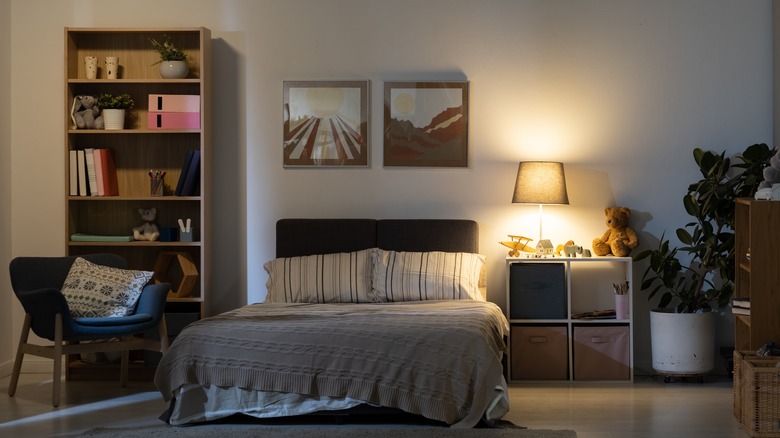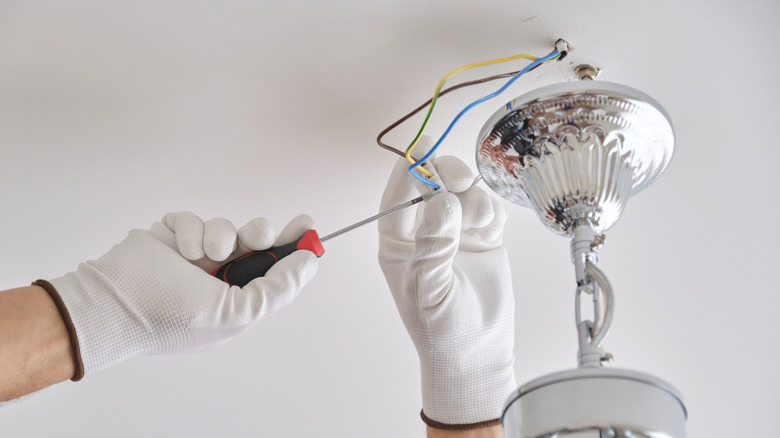How To Repair Your Flickering Lightbulbs
Do you have lightbulbs that flicker like Christmas lights strung about the house? Even if they don't do it constantly, any type of flickering isn't a good thing. It can be quite annoying, especially when you're relying on that light for reading, working, and other general household events.
To fix those flickering bulbs, you must first understand why it's happening. There are several reasons your lights may flicker, such as a problem with the light fixture or even the bulb itself. In other cases, it could be the whole home's electrical system and faulty wiring. But one thing is certain: if you have flickering lights, you don't ignore the problem. These unintended disco lights could indicate an electrical service issue, such as a problem within the central electrical panel in your home. Not dealing with the problem in a timely manner could lead to a risk of fires. If you have whole-home flickering or inconsistencies in your system, seek out a professional for an inspection, says Mister Sparky.
What if the problem isn't the whole house, though?
It could be the bulb
In some situations, flickering lightbulbs are due to simple problems, such as a loose bulb. In this case, try to twist the bulb to see if there is any give. If it doesn't move at all, that's not the problem. Even a small amount of movement, though, could be a problem. Tighten them gently, as you don't want to break the bulb.
Do they flicker when they are first turned on? If you are using fluorescent bulbs, that's normal and expected. According to GAC Services, the phosphorus within these bulbs takes a few seconds to power up, and that could create a flickering as it happens. It may also occur if the bulb is nearing the end of its functional use, which is fixable by replacing it with a fresh new bulb.
In situations where you have LED lights, these may flicker if they are not properly attached to dimmer switches. If you have a dimmer switch in the room, flickering lights could mean there are compatibility issues between the light and the switch. This may require upgrading to compatible switches.
It could be the light fixture or switch
In some situations, it's not the lightbulb but the light fixture causing the problem. Remove the lightbulb and place it into another fixture. Does it operate normally? If so, the fixture itself could have a bad socket, or the components inside the mechanism can't create a connection that is secure, says Mike Diamond Services. Replace the light fixture with a new one to repair this issue.
Still not the problem? Try wiggling the light switch to see if that causes the flicker. If that's the case, there could be a loose connection in the light switch that is causing the concern with the actual lightbulb. In this case, you may need to remove the light switch and replace it with a new one. Be sure to take all of the necessary precautions when working on electrical issues as a DIY home project, like shutting off the circuit breaker before you change out the light switch.


